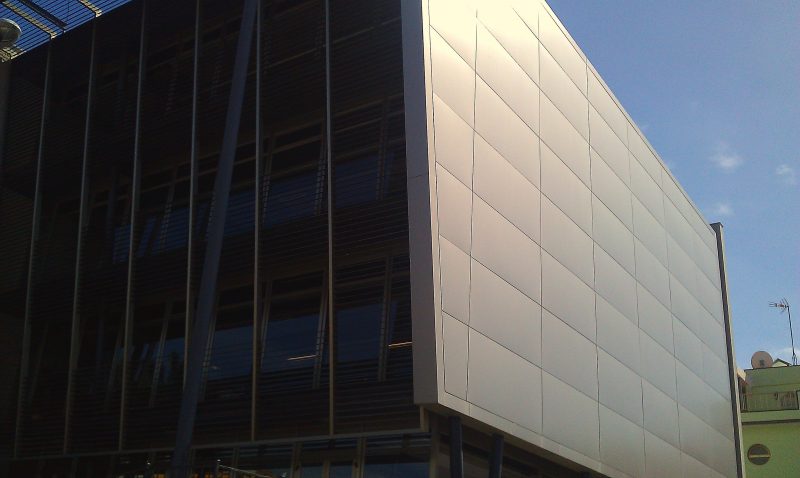The architecture that will guide the construction of the future
Sustainability and energy efficiency will reign in the architecture of the future. In the face of continuous climate change, materials and projects are being developed to take advantage of the environment that nature provides.
Saving energy is essential to taking care of our planet and reducing water consumption; increasing environmental quality and sustainable development are the foundations of the construction that is coming.
The reuse of rainwater and the search for adequate interior comfort through the structure will be important.
Urban ecosystems will bring greenery to the big cities. An architecture rounded off with plants that absorb excessive CO2 from the environment, purifying the air we breathe.
Innovative and non-linear architecture
Although we are talking about the future, the architectural style we are discussing can be seen in countries at the forefront of construction. Linear buildings have gradually been displaced in architectural trends, and an innovative, living type of construction is gaining ground. Envelopes capable of adapting to the climate in terms of heat, humidity, etc., to create ideal indoor comfort for inhabitants without wasting resources through energy consumption.
Sustainability will be achieved through technology applied to what is already built and what is to be built.
And how will this be done? Through innovation in materials. The country’s energy efficiency efforts have been trying to incorporate energy savings through solar panels into architecture for some time, but other materials have already taken pole position. Elements such as 3D printing, nano-crystal windows that let light and heat entry to be regulated, or ecological bricks with better insulating properties that require less energy and waste to manufacture.
Recycled materials are becoming more and more important in the market. The search for energy savings through the components used in modern architecture is moving towards an avant-garde construction that respects the environment.
Prefabricated architecture saves time and energy resources.
We all grew up with building blocks as toys. It has taken us many years to see the positive side of this type of architecture. It is the basis of a vertical growth seeking the most effective use of energy and a way of avoiding expelling pollution into the ozone layer. What is clear is that architecture is changing to a sustainable mode in which construction and the environment are synergised.



